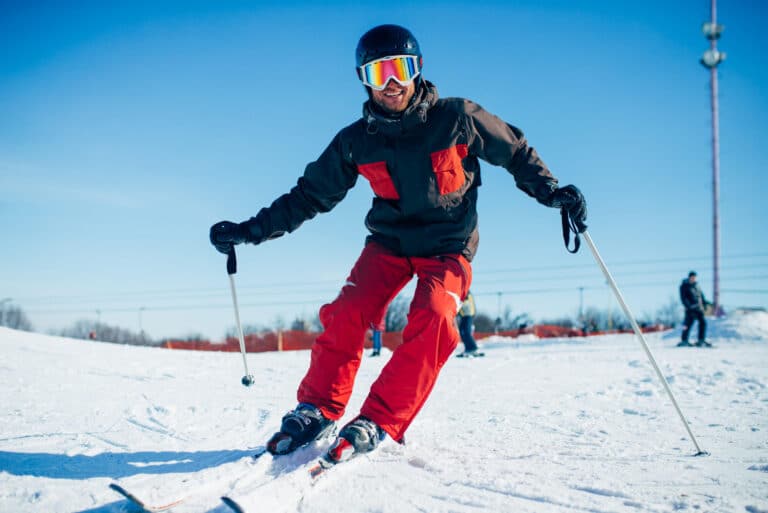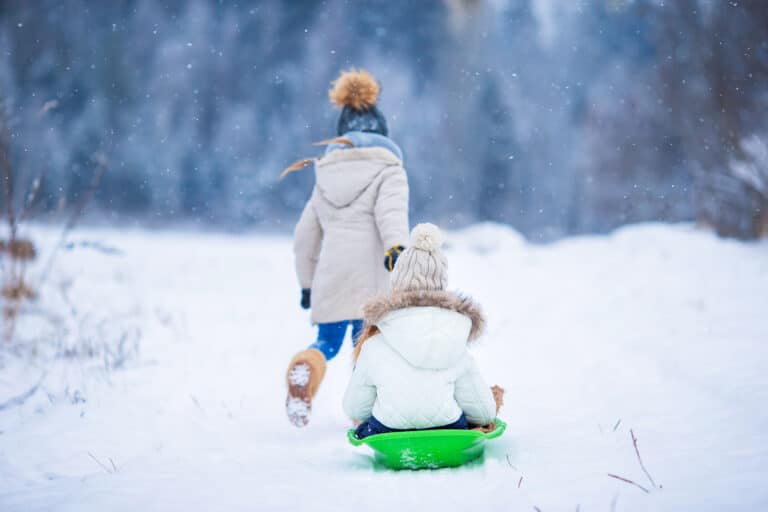Key Best Practices for Safe Snowmobiling
To ensure your safety while snowmobiling, here are several best practices you should follow:
- Obey Posted Signs: Always respect and obey all trail signs. They are there to guide you and keep you safe.
- Avoid Risky Terrain: Stay away from unfamiliar terrain or areas marked as dangerous. This includes frozen lakes or rivers, which may not be as solid as they appear.
- Wear Appropriate Safety Equipment: Helmets, goggles, gloves, and proper winter clothing are essential. They protect you from the elements and potential injuries. Don’t cut corners here; your health and life may depend on it.
Navigating Local Regulations for Safe Snowmobiling
Knowing the local regulations in your area is another key aspect of snowmobile safety. These rules dictate where you can ride, what equipment is required, and how fast you can go. Ignorance of these laws can lead to hefty fines or even legal trouble–not to mention the possibility of injury or death.
Common Injuries and How to Avoid Them
Common injuries associated with snowmobiling include fractures, dislocations, and concussions. To avoid these:
- Handle Icy or Slippery Terrain with Care: Slow down during turns and avoid sudden brakes.
- Jump Properly: Ensure the area is safe before attempting any jumps. Land with your knees slightly bent to absorb the impact.
- React Appropriately to Unexpected Obstacles: Maintain a safe speed to give yourself enough time to react to obstacles on the trail.
Take a Snowmobile Safety Course
A safety course is one of the best ways to ensure you’re prepared for safe snowmobiling. These classes can provide in-depth knowledge and hands-on training that could save your life. You’ll learn about snowmobile maintenance, emergency preparedness, and how to navigate different types of terrain.
In Case of Emergency
Despite our best efforts, accidents can still happen. If you get injured or lost while snowmobiling, here’s what you should do:
- Stay Calm: Panicking makes things worse. Take deep breaths and assess your situation.
- Call for Help: If you have a cell phone, use it to call 911 or the local emergency number. If not, try to find help by shouting or using a whistle.
- Stay Put: Unless you know exactly where you are and how to get back safely, it’s best to stay put and wait for help.
As with almost any activity, you may encounter others who are negligent or reckless while snowmobiling. If you incur injury due to these behaviors, you may be eligible to receive compensation for your injuries. Contact our offices to discuss your case.








